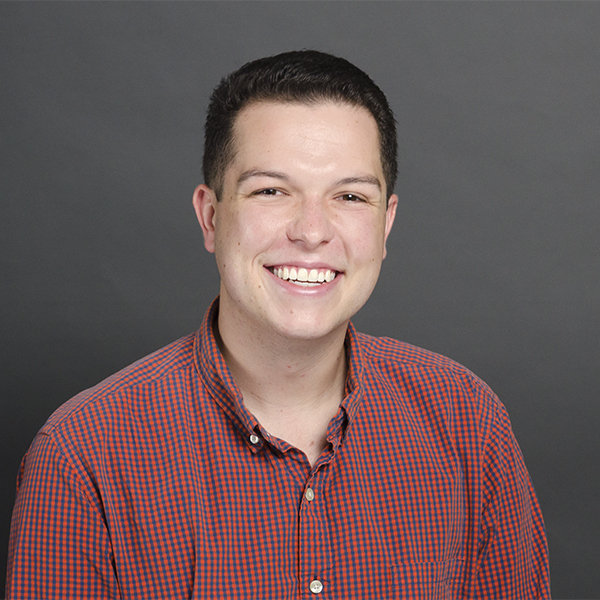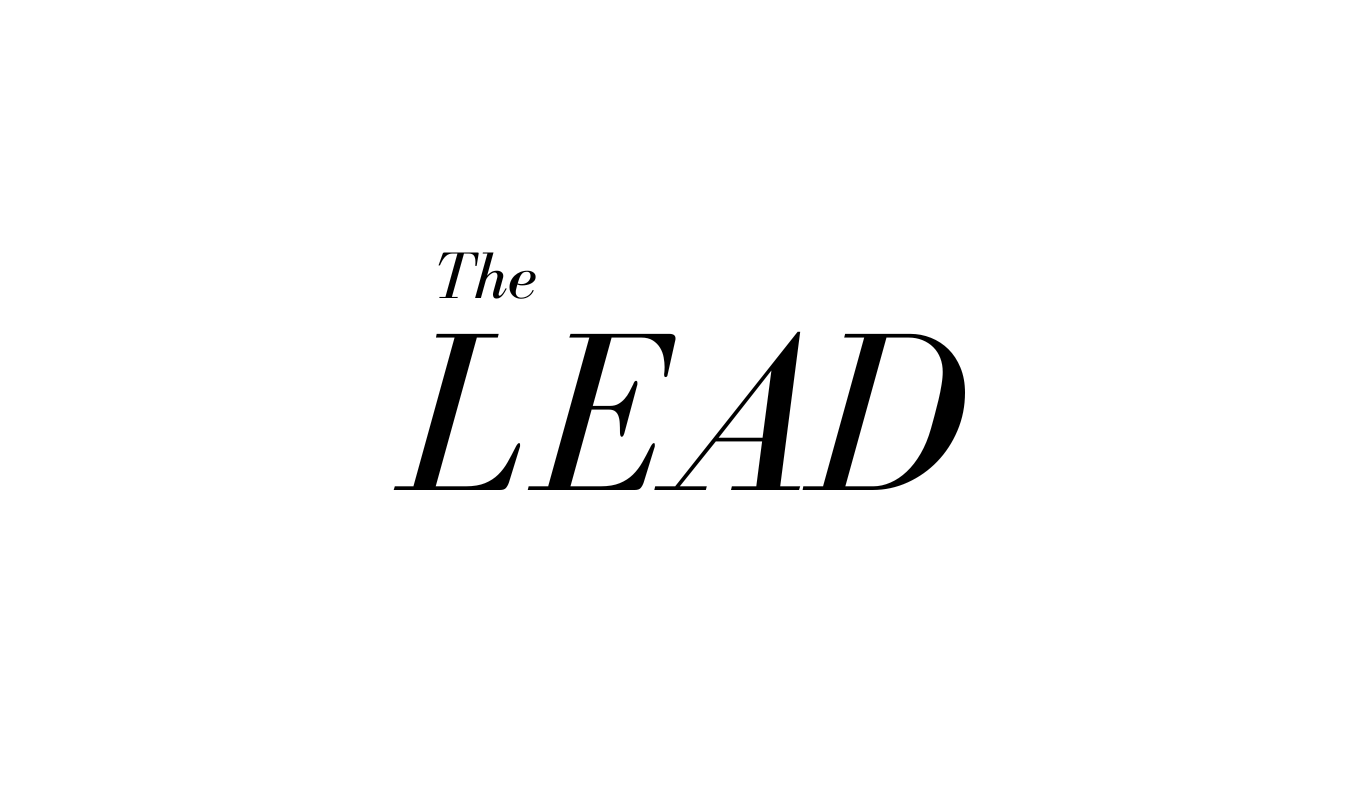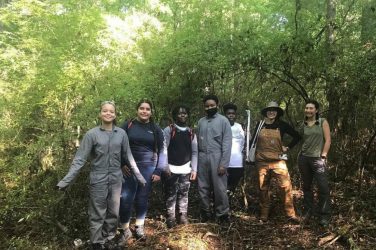To further our mission to both craft journalism at Grady and talk about the process and quality, each guest curator has highlighted what he or she sees as the five “don’t want to miss” pieces posted to Grady Newsource that month, along with a few sentences of constructive reflection about the journalism.
About This Month’s Guest Curator
Daniel Funke covers fact-checking and misinformation for the International Fact-Checking Network at Poynter. He writes about false news stories, media and narratives around the world, and how fact-checkers, journalists and technology companies are working to fight them.
Before joining the IFCN a year and a half ago, he reported on the media business for Poynter as a Google News Lab Fellow. While at the University of Georgia, he interned for the Los Angeles Times, USA Today and the Atlanta Journal-Constitution. Funke is a 2017 journalism and international affairs graduate of UGA.
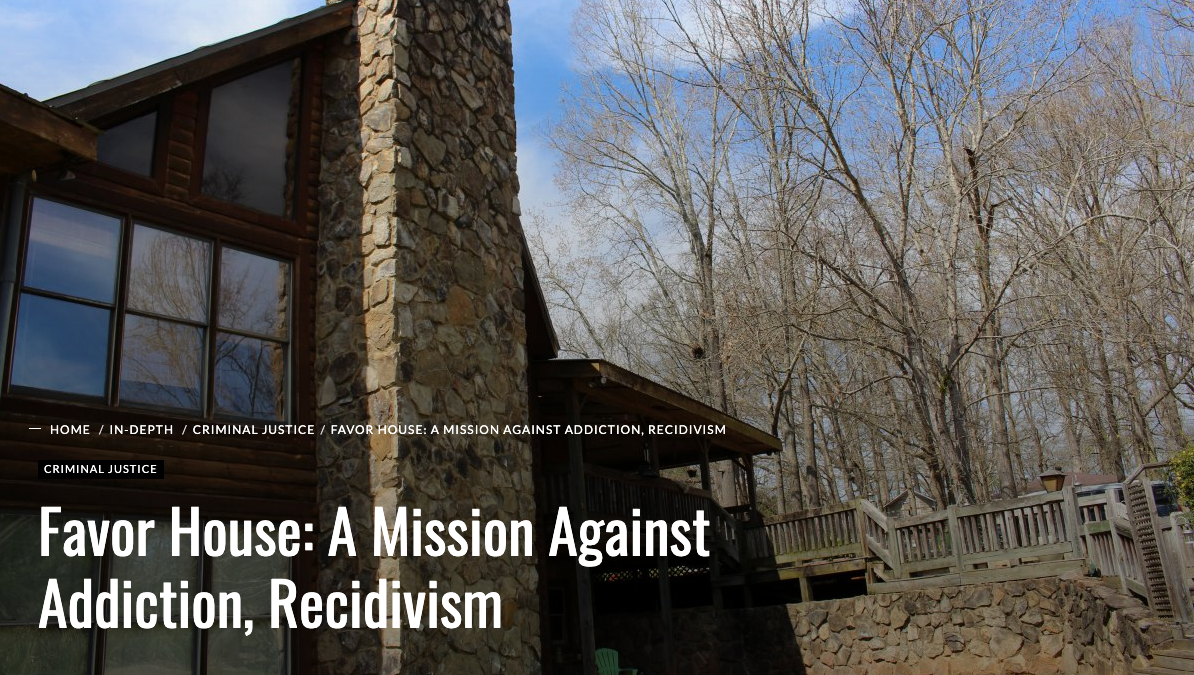
In general, my audit of Newsource’s work in April revealed a quality bias toward capstone and in-depth projects. While day-to-day stories lack key details needed to make news briefs more compelling, these capstone projects went a little deeper—and I think they serve Newsource’s audience in a much better way.
This story about Favor House is a great example of that. From the anecdotal lead to the accompanying photos, it takes readers on a journey to a place that they might not otherwise see during their time at UGA. This story is also one of the few that quoted a variety of sources, including those who live at the House, which I think really escalates the reporting.
Sidenote: Those “Why It’s Newsworthy” segments are great additions to these stories. Keep doing them, and consider adding other elements that make your work more clear and transparent for readers.
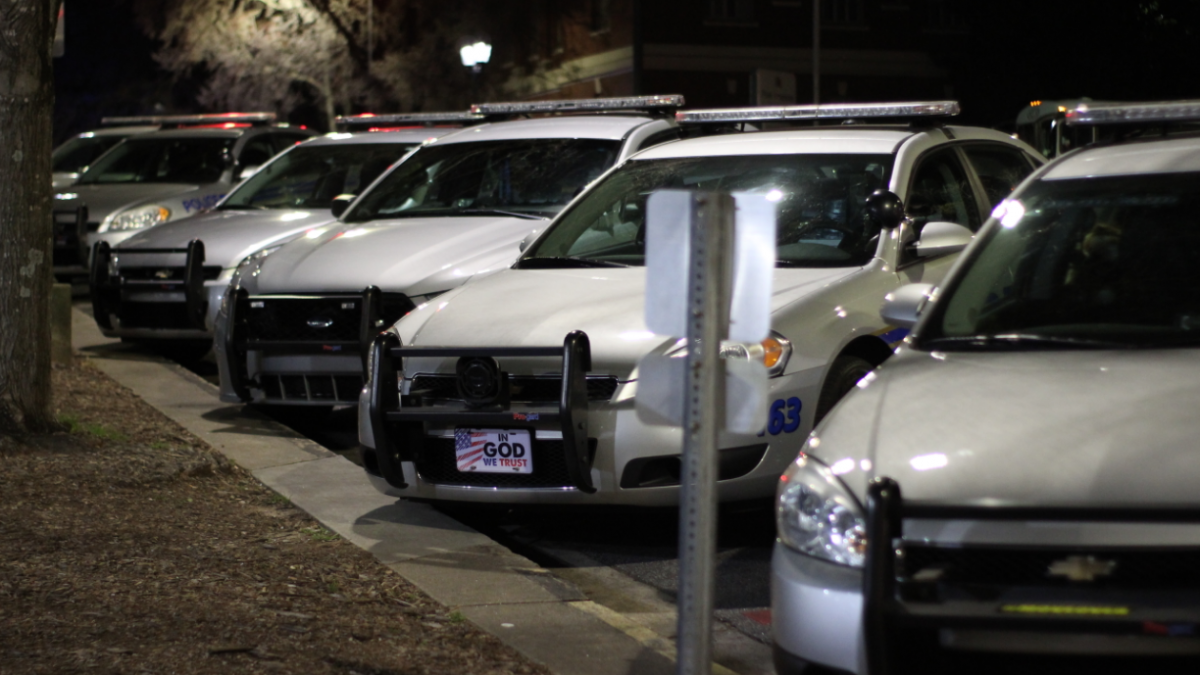
As a former Red & Black editor-in-chief, this story instantly piqued my interest. It has all the markers of a great college media story: Concrete data, quotes from police and information about DUIs. This is the kind of story that would perform really well on a news site for days, if not weeks.
The analysis of how a decrease in cops correlates with a decrease in DUI charges is really smart. That wouldn’t be my first conclusion after seeing the data, so I commend the reporter for digging in there. The one critique I have is that this story kind of gets bogged down with jargon and talking points that the police obviously want published (i.e. several graphs on the HEAT unit) and could benefit from asking more students that go downtown what they think of the data.
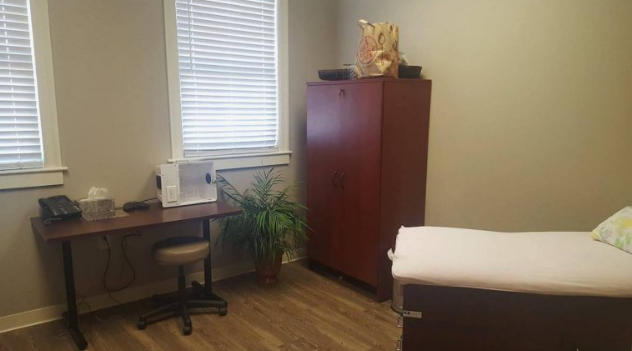
This is a really important story, and I’m glad you did it. For students and Athens residents that may be wondering what the rape reporting process looks like, this is an invaluable resource. Keep thinking of other public service projects like this, and try to collect them in one place so that they live on beyond the news cycle.
That said, the headline on this story—and others I analyzed from Newsource—could use some work. Even if it’s a serious topic, you can make the headline more engaging for readers online. Something like “Here’s how the ‘rape kit’ process works” would grab my attention more than starting off with an official name for the procedure.
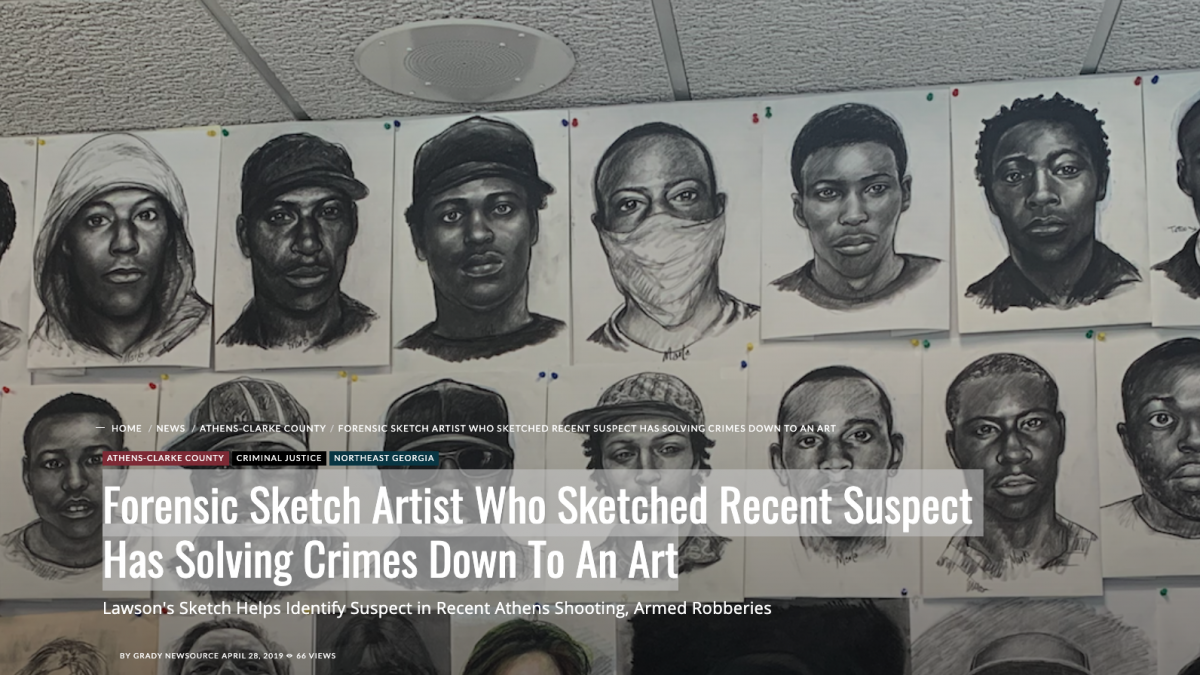
This story idea is genius. Really, it is—I’m mad we never thought of it at The Red & Black. Something college media outlets don’t do enough is profile interesting people that have some small connection to the news. This package balances those two things perfectly, from the lead and quotes to the photos and personal details.
Still, I want more details about Lawson’s life; I think you could have gone longer with this story. For example, “The Process” and “Crimes Solved in Athens” subsections are only two graphs when, in reality, they should be about four each at least. I know Newsource is all about TV, but online, this is an in-depth profile that people would read.

The fact that this story is annotated is what first drew my eye. I’m glad that Newsource is doing this with a variety of articles. Again, it maintains level of transparency with your readers that I think is sorely lacking from some media today.
This package is definitely the most in-depth I analyzed, which I love. The variety of sources is also probably makes this the best reporting of the group. In terms of style, I think I would have opened with a lead about the opioid crisis in Georgia — perhaps by interviewing someone who has been directly affected — then transitioned into neonatal abstinence syndrome. That would make it easier for the audience to digest the important information you're trying to communicate by relating it to something virtually everyone has heard about.


